Community articles — Theses
LaTeX thesis templates to help you navigate an important step in your career. These thesis templates, many provided by universities as official layout guidelines, include sections to add author information, along with placeholder chapters for your introduction, background, method, results, conclusion / discussion, references, and appendices.
Recent
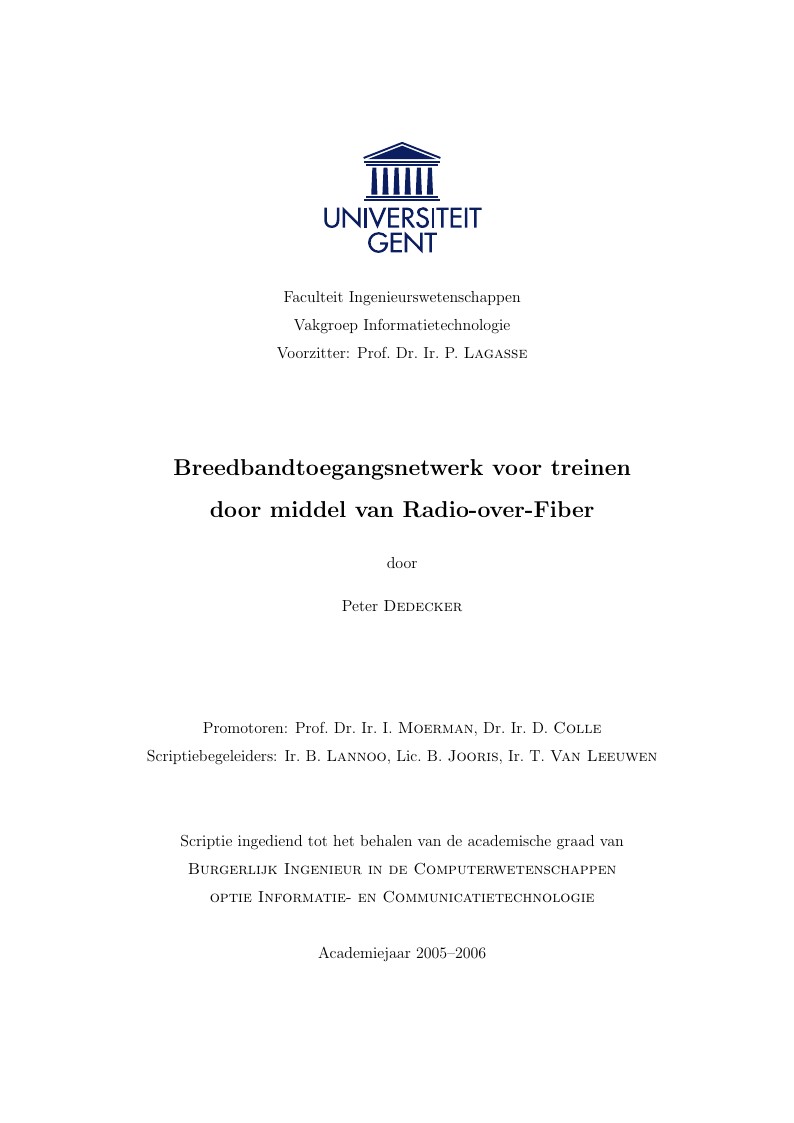
Scriptie voorgelegd tot het behalen van de graad van Burgerlijk Ingenieur in de Computerwetenschappen: Informatie- en Communicatietechnologie, juni 2006 (Downloaded from LaTeX templates en logo's)
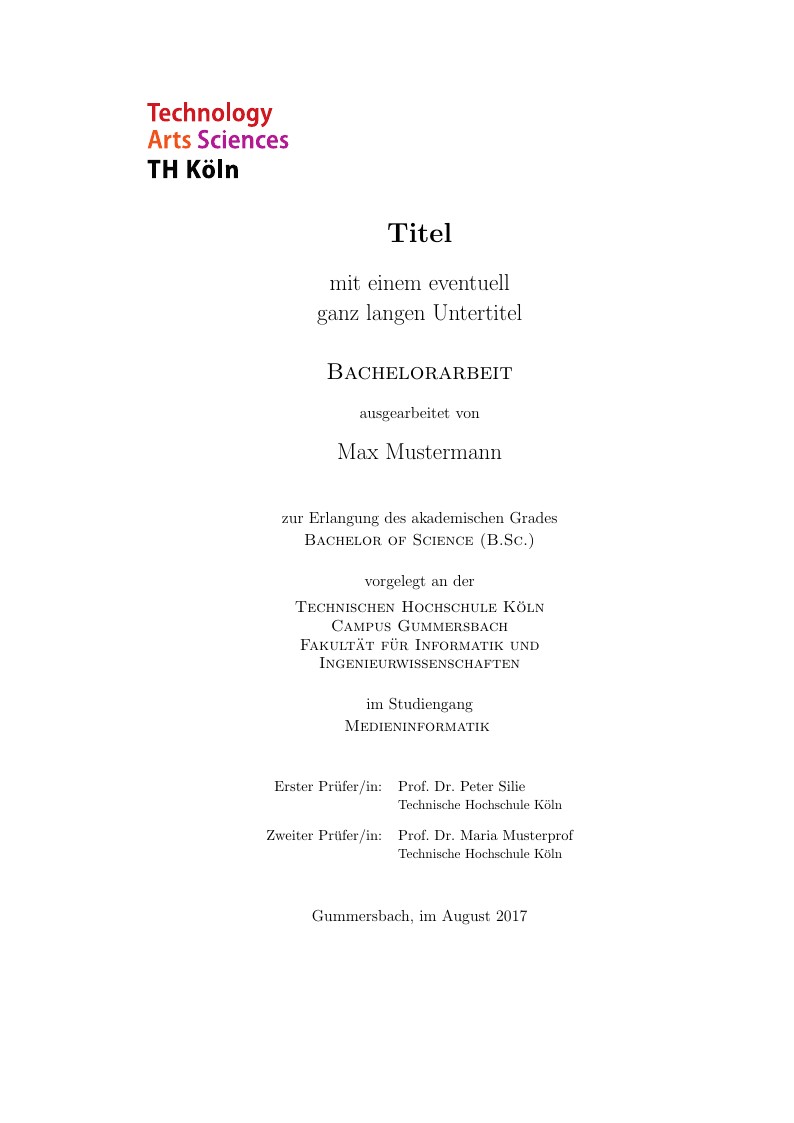
Vorlage für TH Köln Abschlussarbeiten; insbesondere für StudentInnen der Medieninformatik
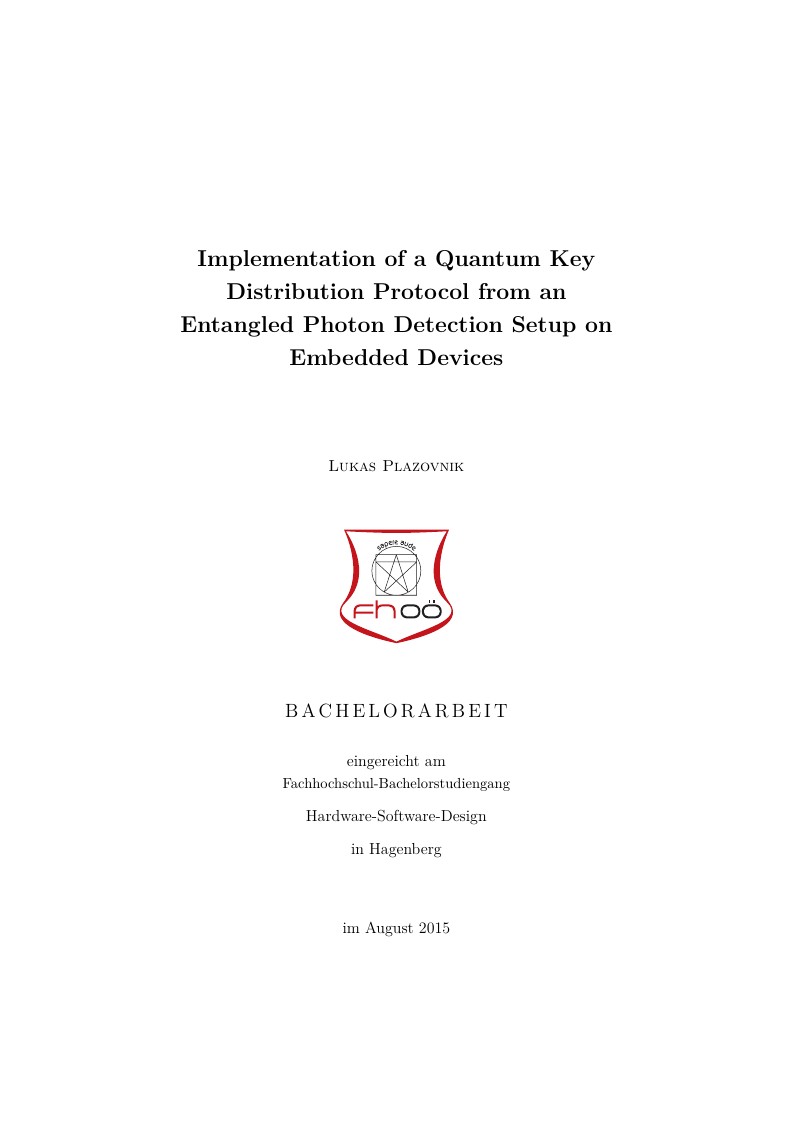
Introduction to quantum mechanical effects and an implementation example of quantum key distribution
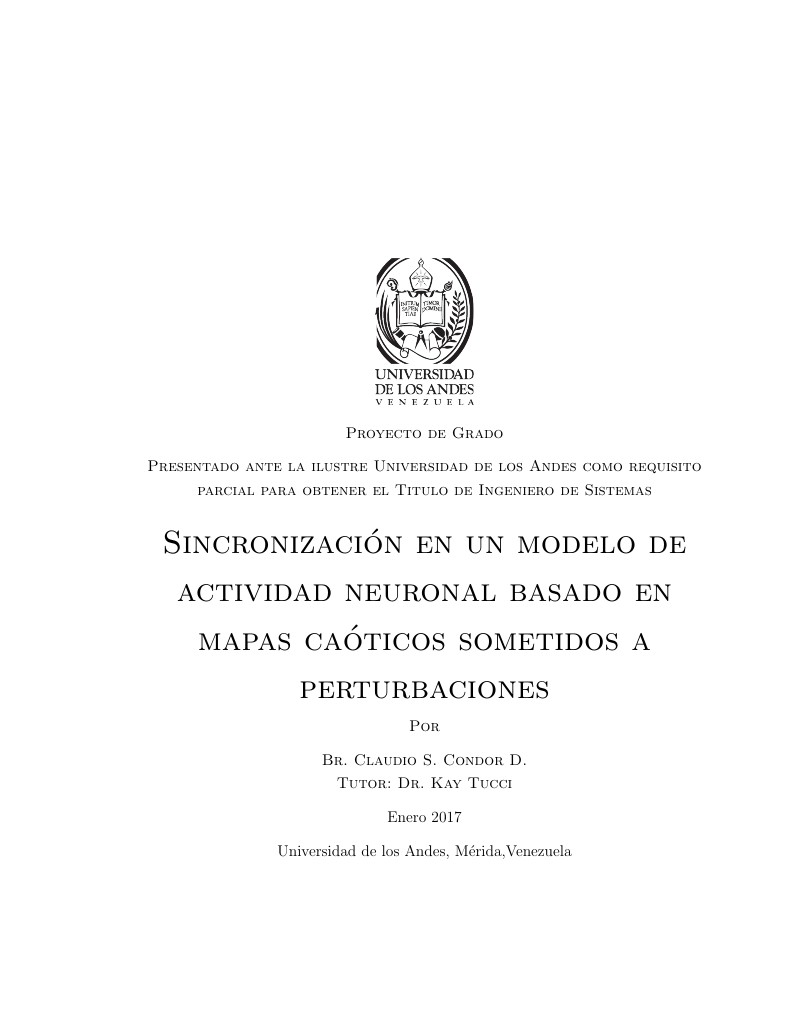
Se busco la posibilidad de desincronizar una red de mapas acoplados mediante la aplicacion de una perturbacion externa.
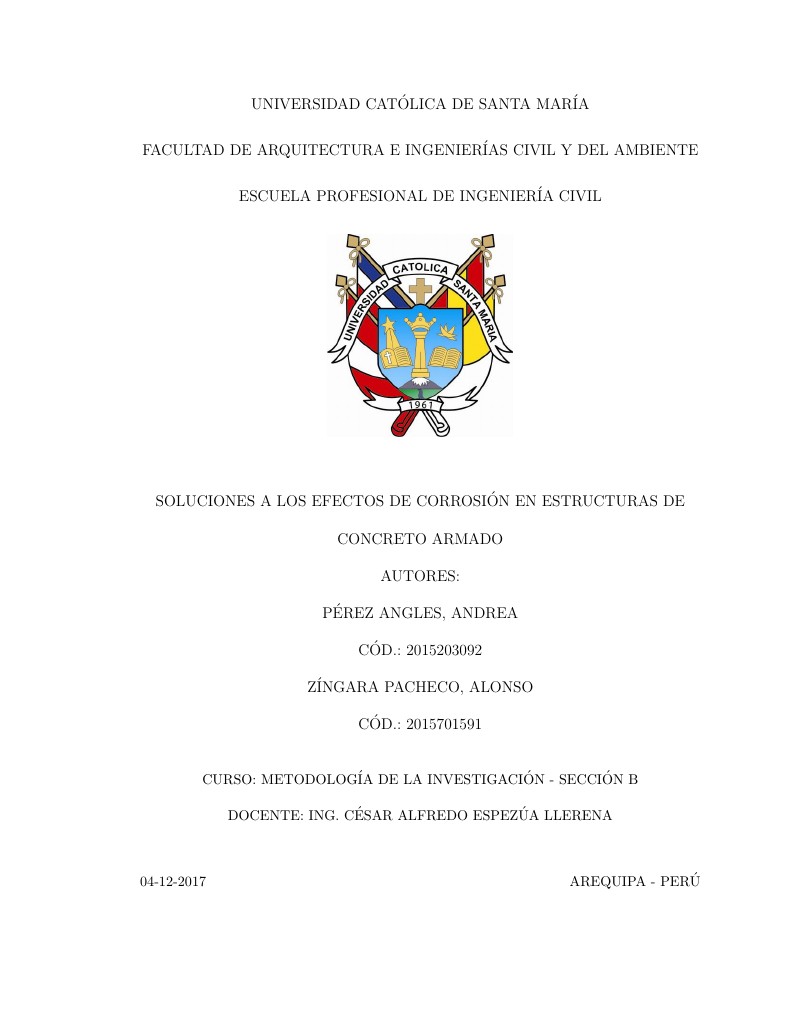
solucion es alos efectos decorrosión en estructuras de concreto armado
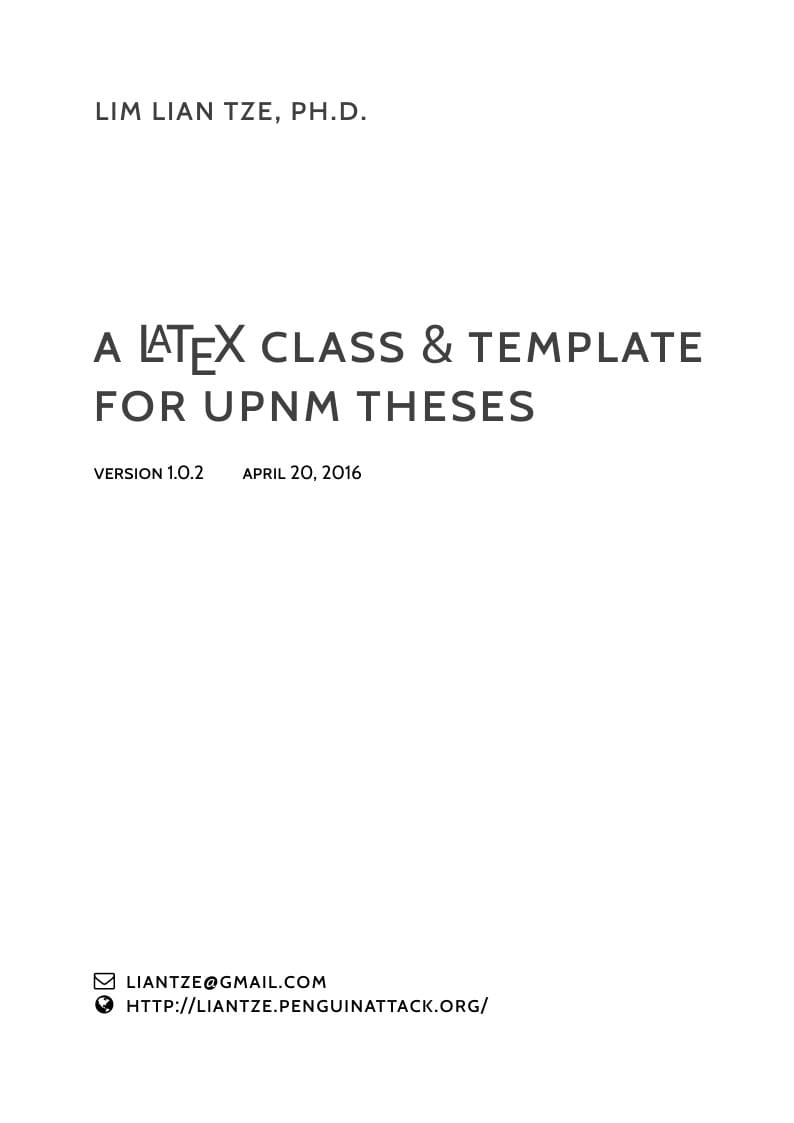
upnmthesis is a LaTeX class for authoring theses that fulfill formatting specifications required by Universiti Pertahanan Nasional Malaysia (UPNM). This class and template was commissioned by the university's Centre of Graduate Studies in April, 2016, for both undergraduate and postgraduate theses. A sample file sample-thesis.tex, as well as relevant sample chapters, are included in the package. upnmthesis is available as a template on Overleaf which I recommend you modify for your own thesis write-up. (You can rename it, but I'll stick with the file name sample-thesis.tex throughout this guide.) The latest version of this template can also be downloaded from my website.
![Bachelor thesis [Biotechnology]](https://writelatex.s3.amazonaws.com/published_ver/4573.jpeg?X-Amz-Expires=14400&X-Amz-Date=20251223T043726Z&X-Amz-Algorithm=AWS4-HMAC-SHA256&X-Amz-Credential=AKIAWJBOALPNFPV7PVH5/20251223/us-east-1/s3/aws4_request&X-Amz-SignedHeaders=host&X-Amz-Signature=b9730252f6ef0e051b77aed8a783d64fcbdf8111ba3a5a1d4f193b771560ff3f)
Bachelor thesis on Upscaling the extracellular glucose oxidase production in Aspergillus niger var tubingensis strain Ed8 Grade: ~95% Abbreviation system included.
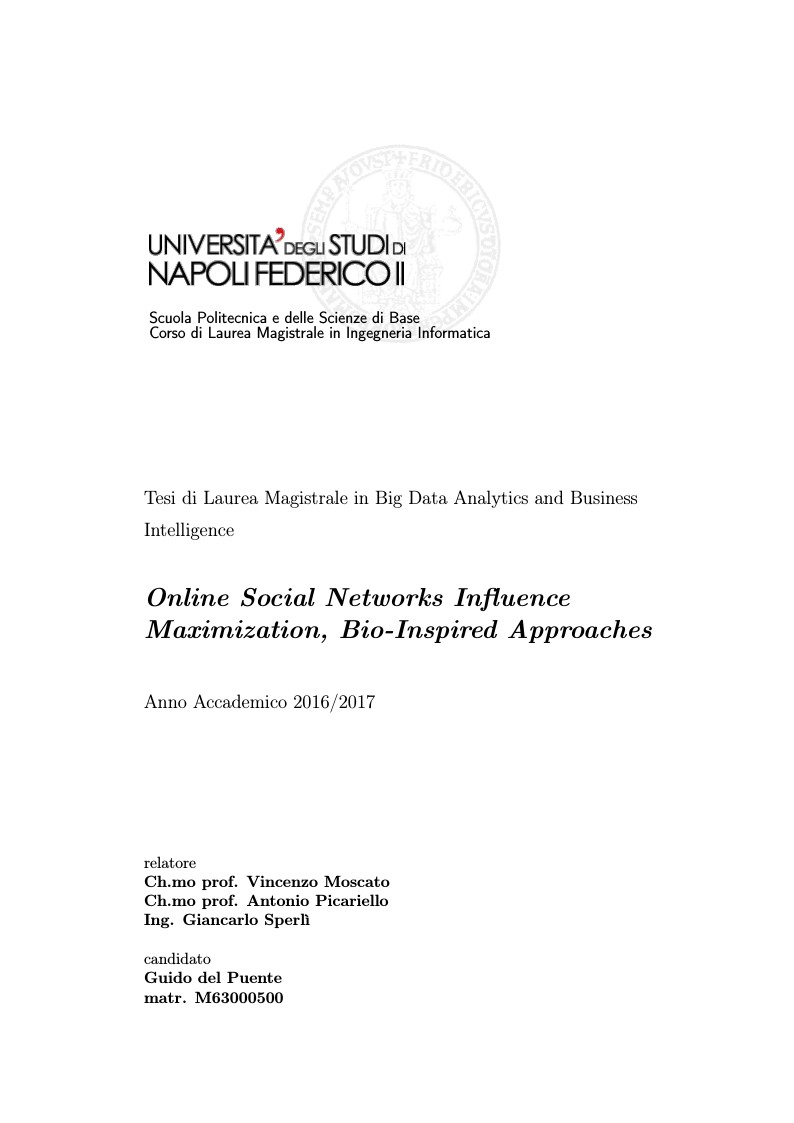
Università degli studi di Napoli Federico II Scuola Politecnica e delle Scienze di Base Corso di Laurea Magistrale in Ingegneria Informatica Tesi di Laurea Magistrale in Big Data Analytics and Business Intelligence Artificial Bee Colony Influence Maximization
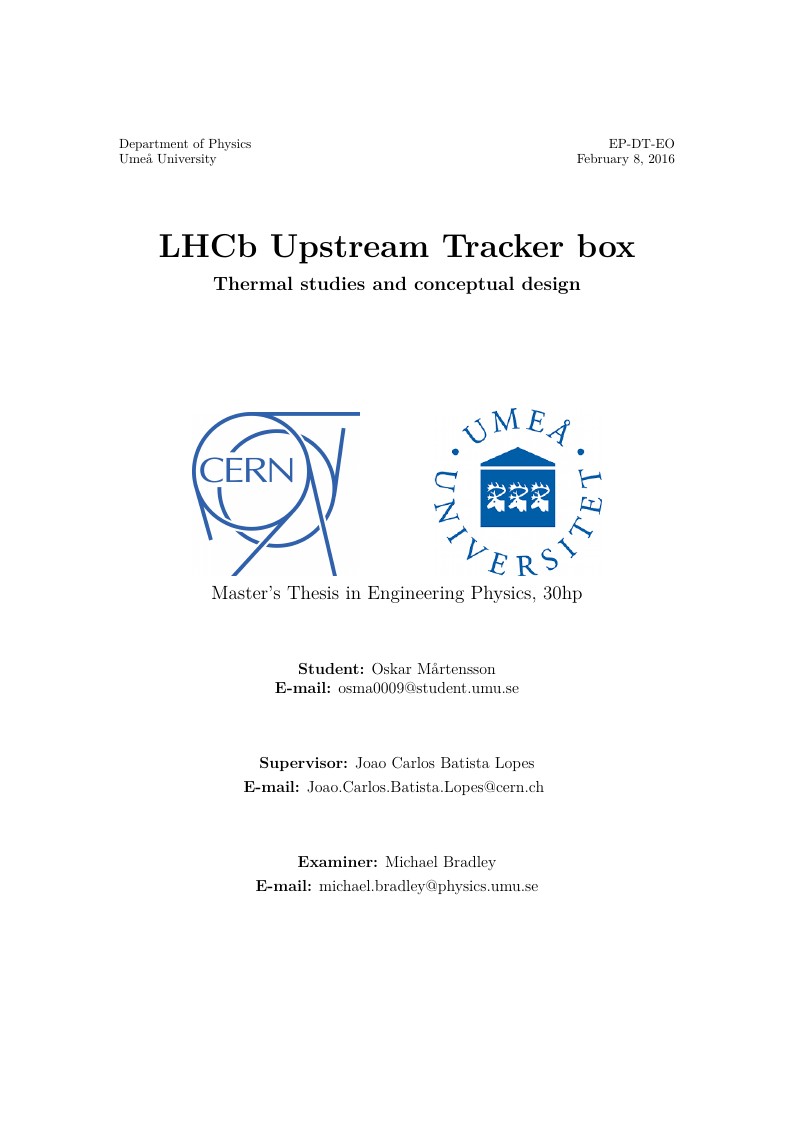
The LHC (Large Hadron Collider) will have a long shut down in the years of 2019 and 2020, referred to as LS2. During this stop the LHC injector complex will be upgraded to increase the luminosities, which will be the first step of the high luminosity LHC program (which will be realized during LS3 that takes place in 2024-2026). The LHCb experiment, whose main purpose is to study the CP-violation, will during this long stop be upgraded in order to withstand a higher radiation dose, and to be able to read out the detector at a rate of 40MHz,compared to 1MHz at present. This change will improve the trigger efficiency significantly. One of the LHCb sub-detectors the Trigger Tracker (TT), will be replaced by a new sub-detector called UT. This report presents the early stage design (preparation for mock-up building) of the box that will be isolating the new UT detector from the surroundings and to ensure optimal detector operation. Methods to fulfill requirements such as light and gas tightness, Faraday-cage behavior and condensation free temperatures, without breaking the fragile beryllium beam pipe, are established.
\begin
Discover why over 20 million people worldwide trust Overleaf with their work.